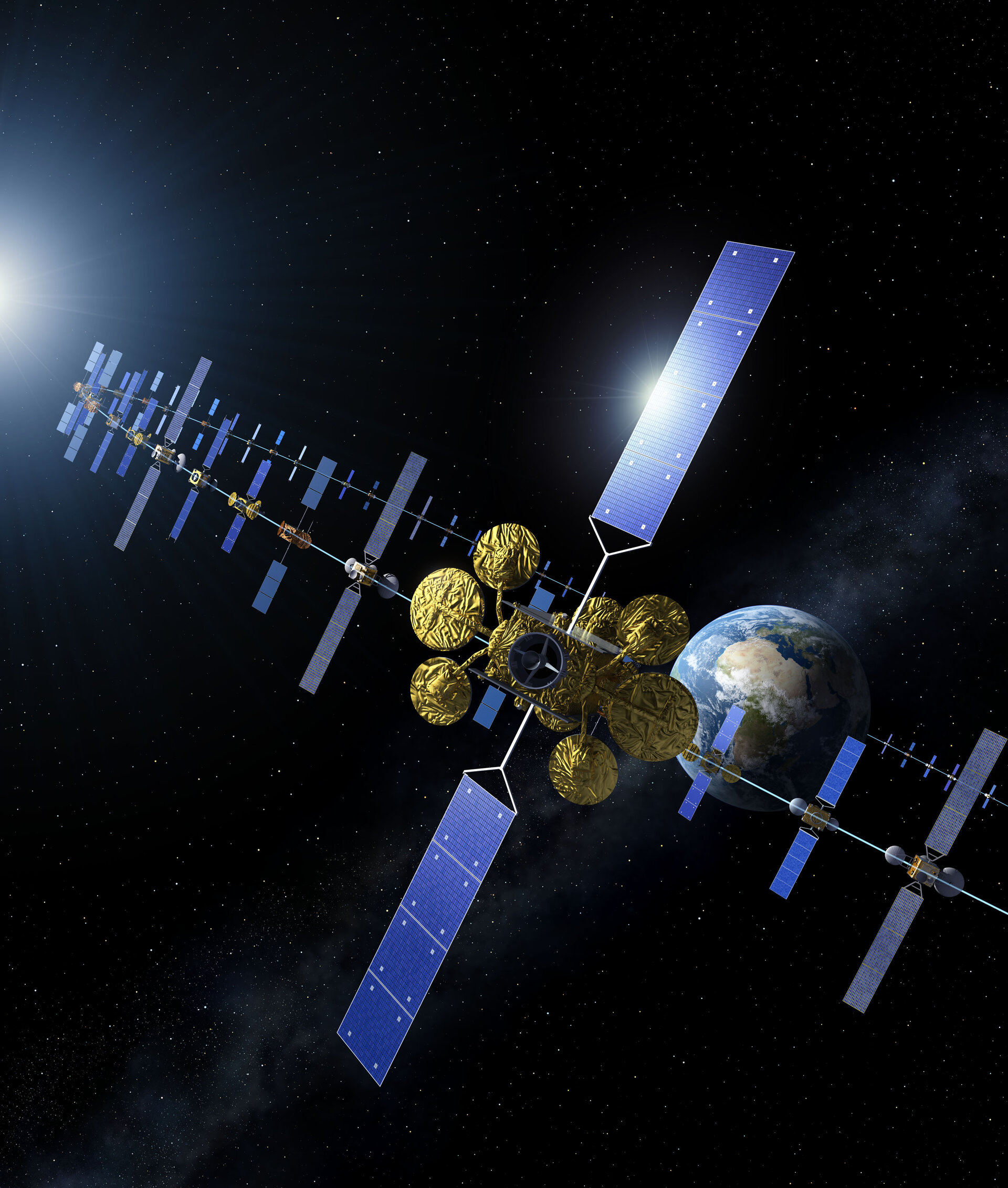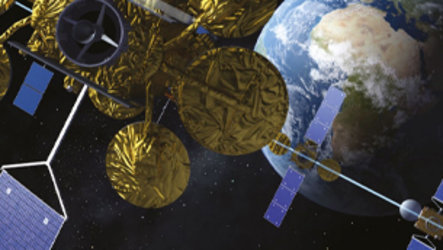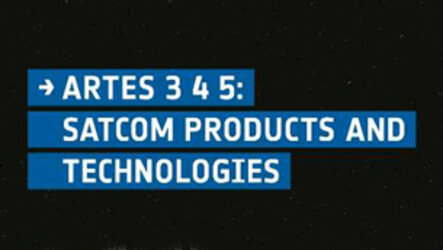Satellite communications
Satellite communications are the mainstay of space industry, with a large evolution in the past decade, leading to currently more than 300 satellites in geostationary orbit.
In 2010, the sales of €1.8 billion in satellite communication systems represented more than 60% of the total activity of the European satellite industry and more than 80% of its export sales.
More than 40% of the 35 000 jobs in the European satellite industry are fully dedicated to satellite communications manufacturing and integrating satellites, delivering the terrestrial telecommunication infrastructure, or designing and producing user terminals. The global market share of European geostationary telecom satellite integrators has grown to 35% in comparison to 20% during the previous decade.
In the coming decade, the world market will be increasingly competitive and innovation will be key to improve Europe’s competitiveness.
ESA’s Advanced Research in Telecommunications Systems (ARTES) programme transforms research and development investment into successful commercial products. It offers the unique ability to pool the expertise from all Member States and share their knowledge. This helps to maintain and develop an industry that provides competitive products in an open global commercial market in the face of increasing competition.
The economic leverage of the ARTES programmes, through various public–private partnerships, goes far beyond their mere value.
Proposal to the Ministerial Council
ESA proposes to extend for a period of four years the following core elements that have heavily contributed to this success:
- Strategy (ARTES 1)
- Core World Competitiveness (ARTES 3-4)
- Core Telecom Technology (ARTES 5)
These core elements represent more than 30% of the research and development budget of Europe’s satellite communications industry with most activities funded equally by ESA and industry.
The Core World Competitiveness element will be enhanced by sub-element 1, Atlas, which will provide a programmatic framework for in-flight validation of telecommunication satellite technologies.

New programmes
Two new elements will be proposed at the Council, the Neosat programme (ARTES 14) and the Partner programme (ARTES 33).
Neosat programme
Neosat addresses the 3-6 t geostationary satellite telecommunications market, which represents more than 80% of the total market value. It aims at developing, qualifying and validating competitive next-generation satellite platforms along with all underlying platform subsystems, functional chains, equipment and technology.
This is core to the maintenance and development of the European satellite communications sector. It aims to provide industry with the necessary technologies to capture at least 50% of the satellite communications market in 2018–30 and is expected to generate €25 billion of satellite sales, of which €7 billion will be for platform equipment suppliers. This is a unique opportunity for the European equipment suppliers, as 80% of European satellite platform equipment is procured from industry in ESA Member States.

Partner programme
ESA has implemented several partnerships with European operators (Hylas-1, Alphasat, Small GEO AG1, EDRS). Operators are facing a paradigm shift, as they have to introduce low-cost innovative products and system solutions in order to be more competitive in the highly competitive telecommunications market.
The objective of the Partner (ARTES 33) programme is to provide an efficient programmatic framework to support the implementation of new partnerships, which are enabled by European technology breakthroughs or system-level innovations in which ESA can help mitigate the technological risks.
The first Partner project is under preparation with the largest satellite operator in the world, introducing a European fully electric propulsion solution together with industry.






